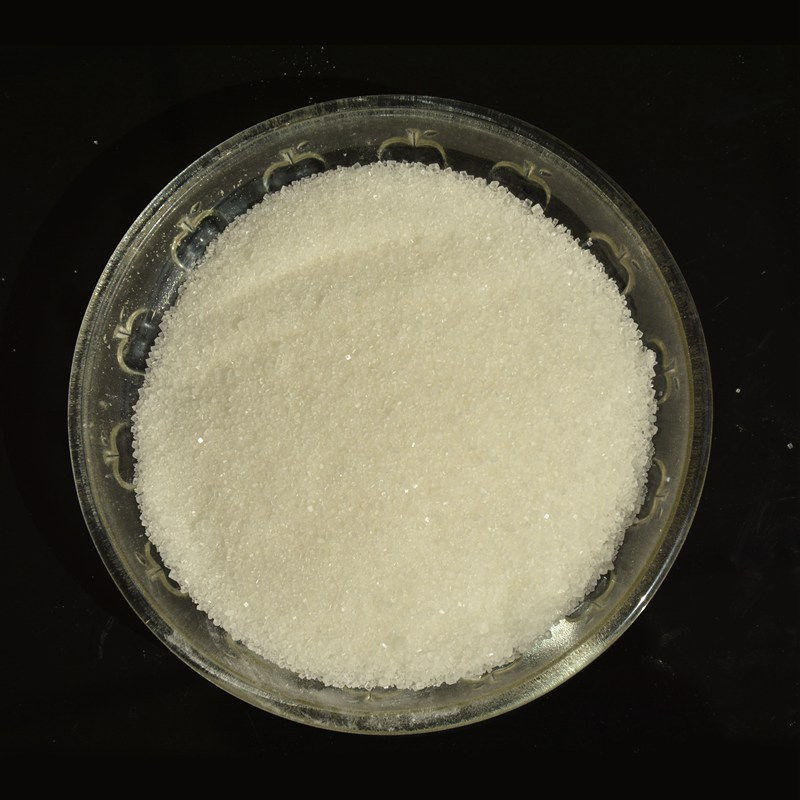
Nov . 13, 2024 08:13 Back to list
nitrogen rich fertilizer for seedlings
The Importance of Nitrogen-Rich Fertilizers for Seedlings
When it comes to nurturing seedlings, understanding the balance of nutrients they require is crucial for achieving robust growth and development. Among these nutrients, nitrogen plays a vital role, making nitrogen-rich fertilizers an essential part of the seedling care process. This article explores the importance of nitrogen for seedlings, how nitrogen-rich fertilizers work, and best practices for their application.
Why Nitrogen is Essential for Seedlings
Nitrogen is one of the three primary macronutrients necessary for plants, alongside phosphorus and potassium. It is a fundamental building block of proteins and nucleic acids, which are essential components of all living cells. In the context of seedlings, nitrogen is critical for several reasons
1. Promotes Vegetative Growth Nitrogen is integral in promoting leafy, vigorous growth in seedlings. The nutrient is a key component of chlorophyll, the pigment responsible for photosynthesis. As seedlings develop, an abundance of chlorophyll allows them to capture sunlight and convert it into energy effectively.
2. Supports Protein Synthesis Proteins are essential for various plant functions, including cell structure and enzyme production. Adequate nitrogen supply ensures that seedlings can synthesize the proteins necessary for healthy development.
3. Enhances Root Development Strong root systems are crucial for seedlings as they anchor the plants and absorb water and nutrients from the soil. Nitrogen-rich fertilizers help improve root proliferation, which contributes to better nutrient uptake and overall plant health.
4. Increases Resilience Healthy seedlings are more resilient to stressors, such as drought and disease. By providing sufficient nitrogen, growers can foster stronger plants that are better equipped to withstand environmental challenges.
How Nitrogen-Rich Fertilizers Work
Nitrogen-rich fertilizers are designed to deliver high levels of nitrogen to plants. These fertilizers can be categorized into two primary types organic and inorganic.
- Organic Fertilizers Derived from natural sources, organic fertilizers, such as compost, manure, and bone meal, are rich in nitrogen. They not only provide nutrients but also improve soil structure and increase microbial activity.
- Inorganic Fertilizers These are chemically synthesized products that contain nitrogen in readily available forms, such as ammonium nitrate, urea, or calcium nitrate
. Inorganic fertilizers often provide a quick nutrient boost but may not contribute to soil health in the long run.nitrogen rich fertilizer for seedlings

When choosing a nitrogen-rich fertilizer, it is essential to consider the specific needs of the seedlings, the existing nutrient levels in the soil, and the expected growth phase. Most seedlings require a moderate level of nitrogen to support early growth without leading to excessive leafy development at the expense of root growth.
Best Practices for Applying Nitrogen-Rich Fertilizers
To maximize the benefits of nitrogen-rich fertilizers for seedlings, consider the following best practices
1. Soil Testing Before applying any fertilizer, conduct a soil test to determine existing nutrient levels and pH. This information will guide your choice of fertilizers and application rates.
2. Moderate Application Rates Start with a lower application rate, especially for young seedlings. Excessive nitrogen can lead to lush foliage but weak roots, making seedlings susceptible to environmental stress.
3. Timing of Application Apply fertilizers at the right growth stages. For seedlings, early applications can help kickstart growth, while later applications may be necessary as the plants mature.
4. Watering After Application Watering after applying nitrogen-rich fertilizers helps integrate the nutrients into the soil and makes them more accessible to the seedlings.
5. Monitor Plant Response Keep an eye on the seedlings for signs of nutrient deficiencies or toxicity. Adjust the fertilizer type and application rates as necessary based on the plants' responses.
6. Rotate Fertilizers To maximize soil health, consider rotating between organic and inorganic fertilizers. This practice not only provides a balanced nutrient supply but also promotes healthy soil ecosystems.
Conclusion
In summary, nitrogen-rich fertilizers are an invaluable tool for anyone looking to cultivate strong and healthy seedlings. By understanding the importance of nitrogen and applying fertilizers correctly, growers can significantly improve the growth and resilience of their plants. Whether you are an experienced gardener or a novice, recognizing the needs of your seedlings and responding with appropriate fertilization strategies will undoubtedly lead to a flourishing garden.
-
10 10 10 Fertilizer Organic—Balanced NPK for All Plants
NewsJul.30,2025
-
Premium 10 10 10 Fertilizer Organic for Balanced Plant Growth
NewsJul.29,2025
-
Premium 10 10 10 Fertilizer Organic for Balanced Plant Growth
NewsJul.29,2025
-
Premium 10 10 10 Fertilizer Organic for Balanced Plant Growth
NewsJul.29,2025
-
50 Pound Bags of 13-13-13 Fertilizer for All Plants – Bulk & Organic Options
NewsJul.28,2025
-
High-Efficiency 15-30-15 Granular Fertilizer for Healthy Crops
NewsJul.28,2025
